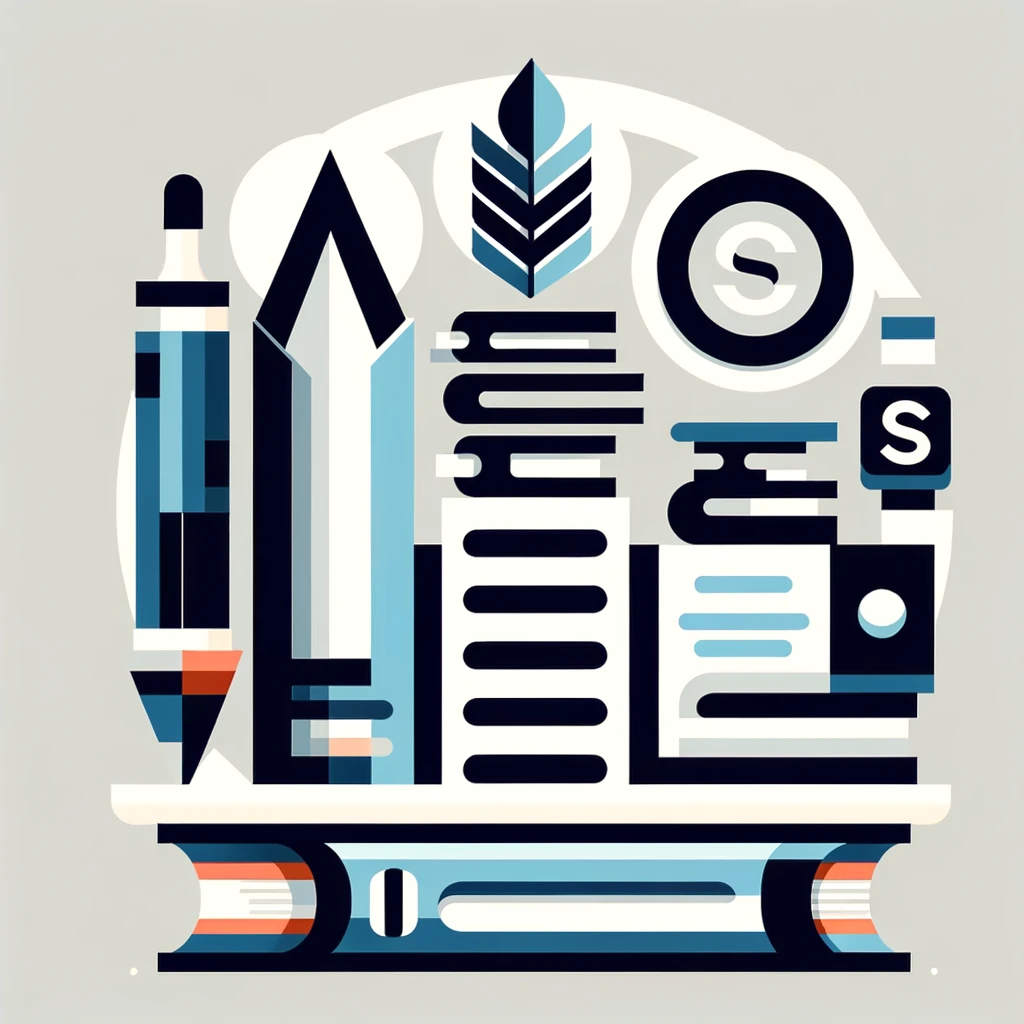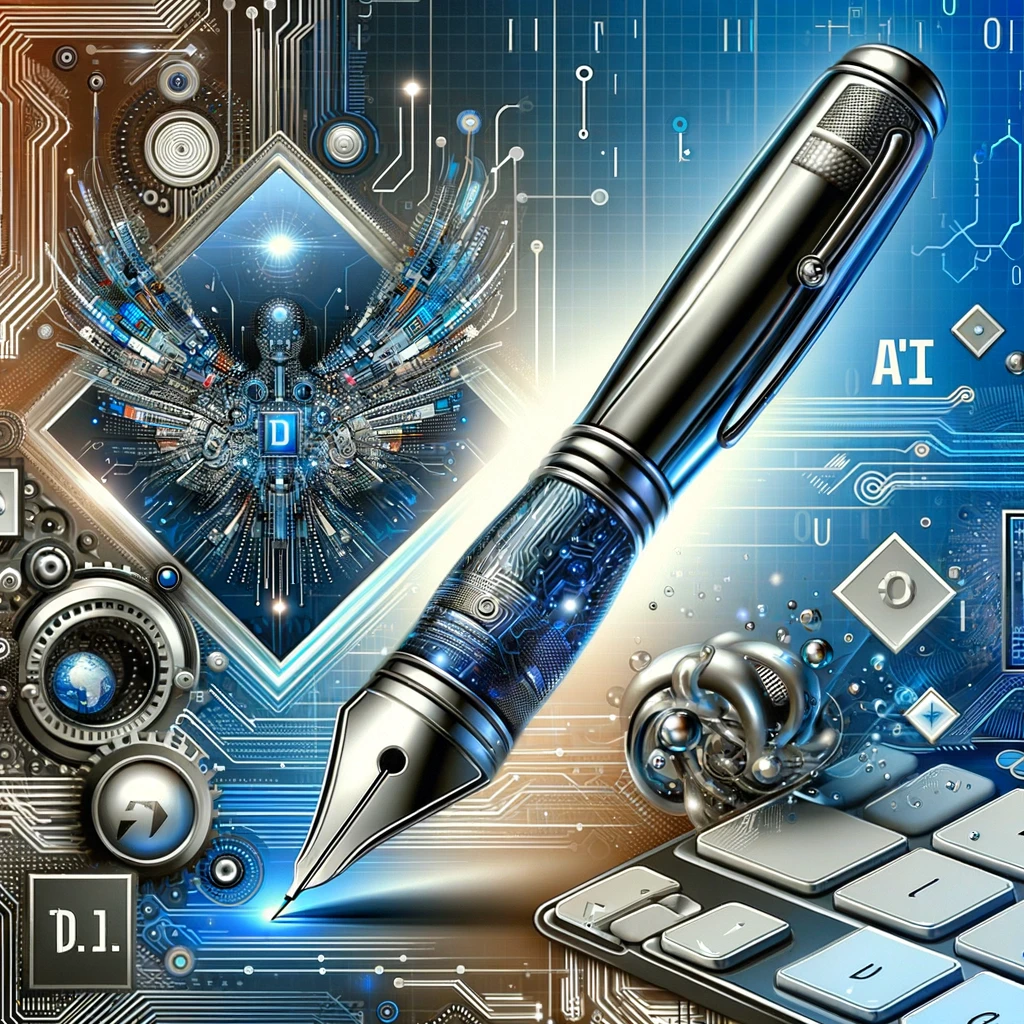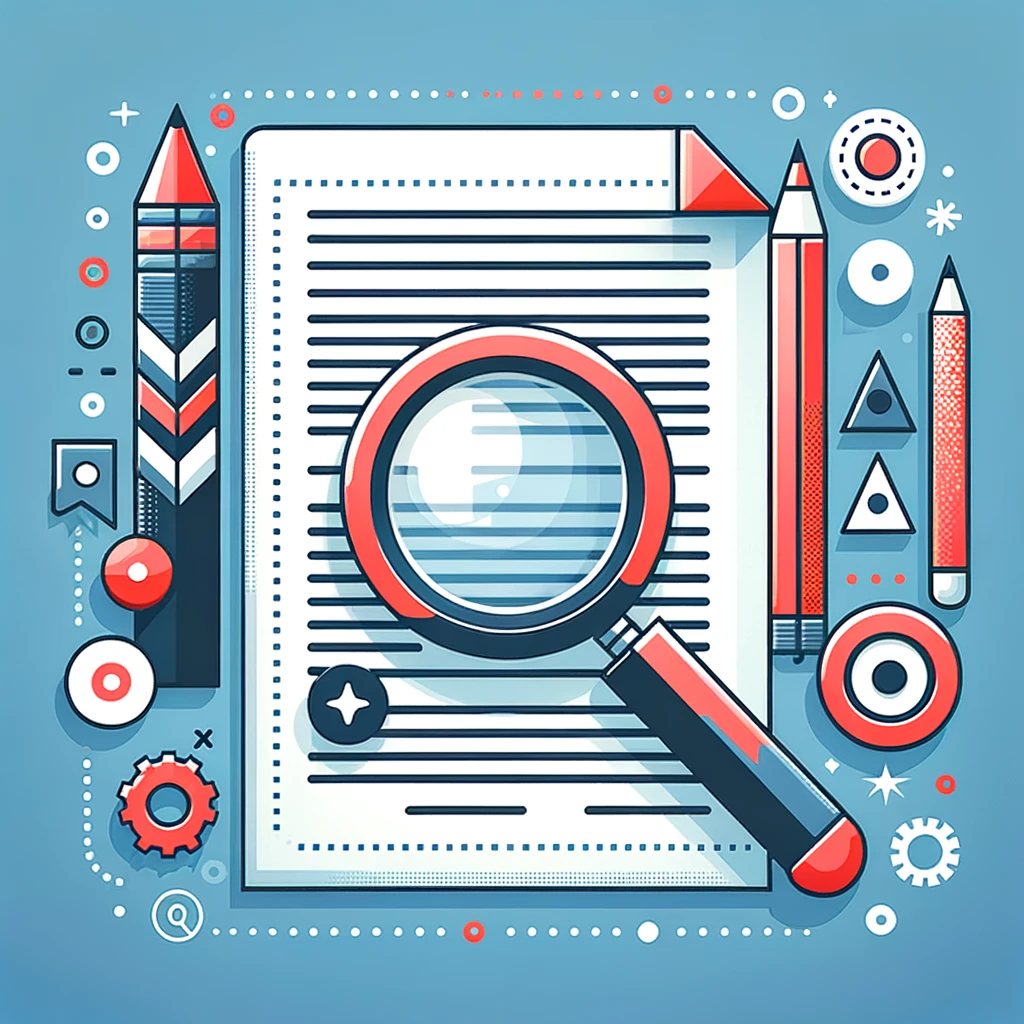
In the meticulous world of technical writing, adhering to specific styles and standards is not just a practice but a necessity. These guidelines ensure consistency, clarity, and precision in technical documents, making them more reliable and user-friendly. This article aims to introduce various styles and standards in technical writing, highlighting their importance in different contexts.
Understanding Popular Style Guides
Style guides in technical writing are akin to roadmaps; they provide direction on how to format and present information. Here are some of the most widely used style guides:
APA (American Psychological Association) Style
- Application: Predominantly used in psychology, education, and social sciences.
- Key Features: Emphasizes the use of concise, clear language, and a specific citation format for referencing sources.
Chicago Manual of Style
- Application: Broadly used in business, history, and fine arts.
- Key Features: Known for its comprehensive guidelines on grammar, formatting, and citation. It offers two systems for referencing: notes and bibliography, and author-date.
IEEE (Institute of Electrical and Electronics Engineers) Style
- Application: Commonly used in technical fields, especially electrical engineering and computer science.
- Key Features: Provides specific instructions for formatting technical papers and citing sources in technical writing.
MLA (Modern Language Association) Style
- Application: Often used in humanities, particularly in literature and language.
- Key Features: Focuses on the format of manuscripts and the use of a specific citation style.
Each of these guides serves a unique purpose and is tailored to the needs of specific disciplines. They provide a framework for technical writers to structure their work in a way that is accepted and understood in their field.
Industry-Specific Standards
Different industries often have their specific writing standards and guidelines. For instance:
- Medical Writing: Requires adherence to formats like the AMA (American Medical Association) Manual of Style, which provides guidelines for writing medical research papers and journal articles.
- Legal Writing: Follows the Bluebook format, which prescribes the citation format and legal document presentation.
- Technical Manuals and Documentation: Often follow the guidelines set by the organization, ensuring that the documentation is consistent with the company’s branding and communication standards.
Understanding and applying these industry-specific standards is crucial for technical writers to ensure their documents are both credible and accessible to the intended audience.
The Importance of Consistency in Formatting, Tone, and Terminology
Consistency is the cornerstone of effective technical writing. It not only helps in establishing credibility but also aids in reader comprehension. Here are key areas where consistency must be maintained:
- Formatting: Consistent use of fonts, headings, bullet points, and numbering helps in creating a uniform structure that is easy to follow.
- Tone: The tone should be consistent throughout the document. Whether it’s formal, instructive, or descriptive, maintaining a uniform tone helps in setting the right expectations for the reader.
- Terminology: Especially in technical fields, using standard terminology consistently is crucial. It avoids confusion and ensures that the document can be understood correctly by the intended audience.
Conclusion
Adhering to specific styles and standards in technical writing enhances the effectiveness and professionalism of the documents. By familiarizing themselves with popular style guides, industry-specific standards, and maintaining consistency in their writing, technical writers can produce documents that are not only informative but also credible and easy to navigate. As the field of technical writing continues to evolve, staying updated with these standards is key to success in this meticulous and rewarding field.



